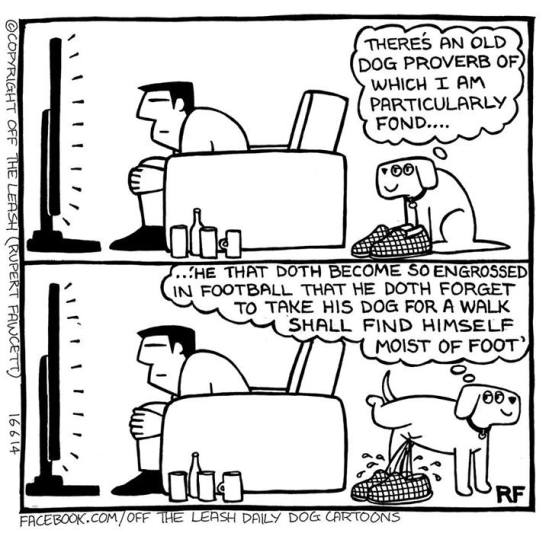There’s an article that came across my newsfeed on Facebook today that warned pet owners to be concerned if their pet exhibited “head pressing” behavior.

I was initially skeptical. I had a cat that used to “punish” herself or pout by sitting in the corner, so I did some quick research. It’s what I do. 😉 And I found out that there is indeed a medical condition called “head pressing,” (and it differs from normal cat/dog head-butting behavior, which has its roots in scenting and sometimes the desire for attention.)
Head pressing is a condition characterized by the compulsive act of pressing the head against a wall or other object for no apparent reason. This generally indicates damage to the nervous system, which may result from a number of causes, including prosencephalon disease…and some types of toxic poisoning. (source.)
It should be noted, the above quote was from an article referring specifically to dogs, whereas the initial article seemed to include cats as well. When dealing with our furry friends, I always advise erring on the side of caution. Head pressing is considered a medical emergency. It can be a symptom of a number of serious illnesses, including tumors located near the skull and brain of the animal, toxins (like lead) being introduced into the system, metabolic disorders, acute head trauma, or stroke.(source)
From my own experience, I know that people often to not realize when their pets are ill, because they misinterpret symptoms and/or because our pets generally do not vocalize discomfort the way people do. So when they DO begin to act different or funny, the underlying cause has often advanced to a critical point. I went through this when my own shelter girl, Neeners, died. The point is, if your beloved furbaby is acting funny or even doing things that are just out of character (like soiling in the house, etc), a trip to the vet may be in order. It may just save their life.
As always, safe is better than sorry. Be informed.
Peace,
Kelly- ABCDT








